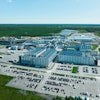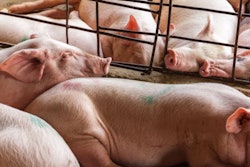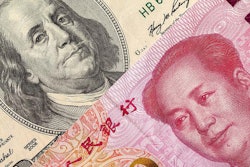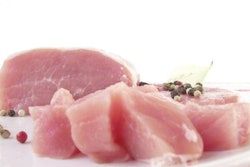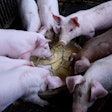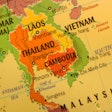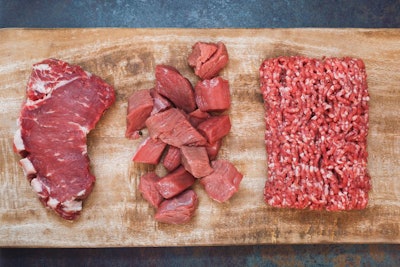
African swine fever providing ‘intense increase in demand,’ Rabobank report says
Asia is driving the growth in global beef trade, and that growth is expected to continue over the next five years, according to a new report from Rabobank.
But, the report said, there are challenges to overcome, and importers and exporters will have to commit to building sustainable trade flows.
Growing demand for beef is seen predominantly in Asia, due to several factors, including African swine fever (ASF), increasing wealth, and changing diets and tastes. Demand is supported by trade agreements and improved access to markets.
Rabobank said the effects of ASF will provide “a short-term, intense increase in demand.” To meet that increasing demand, the report said, beef production and exports will need to increase, and that some South American countries “have a greater propensity to grow than other established exporters.”
Exports vs. import demand
According to Rabobank, global beef exports increased by 38% from 8.65 million metric tons (mmt) in 2013 to 11.99 mmt in 2018, with an average annual increase of 3%. During that period, only 2015 and 2016 saw a reduction in total exports.
The authors of the report said they believe the U.S. is near maximum beef production capacity, while Australia is dealing with a depleted herd after severe droughts.
Meanwhile, South America has contributed greatly to the increase in global beef trade. Over the past five years, Argentina has led the continent in exports, and the combined exports of Argentina, Brazil and Uruguay have increased by 67%, the report said. Argentina has recovered from several years of difficult trade, and Brazil’s productivity growth has been supported by several factors including new technologies and the adoption of crop-livestock integration and feedlots.
From August 1 to mid-November 2019, China has issued export licenses to beef plants in South America, with Brazil receiving 22 approvals and Argentina, eight.
Beef demand growing in Asia
China has led the growth of imports in Asia, with an average annual growth rate of 82% over the past five years.
In 2018, Rabobank said, China became the world’s largest beef importer, importing more than 1 mmt. In the first nine months of 2019, China’s beef imports were up 54% from the previous year.
Imports have also increased to Vietnam and Hong Kong, which re-export large volumes into China.
Trade opportunities, barriers
Rabobank said new trade agreements and increased access to existing markets have supported the global beef trade, but it noted that with increased trade come increased risks and challenges.
“Increased trade access allows for more flexibility in selecting trade partners, but it also creates the potential for increased trade volatility, as there is less dependency on dedicated trade partners, and products can be more easily redistributed – a problem compounded by the larger volumes of product traded,” the report said.
As importers expand their trade base, exporters see increased competition and reduced dependency on their products.
“With reduced dependency, opportunities exist for importers to exert greater pressure in trade relationships,” the report said. “And with rising geopolitical tensions, increased societal pressures, and the ongoing concerns surrounding food safety, the use of non-tariff barriers is becoming more common.”
Several trade disruptions have occurred over the past five years that can have long-lasting effects on markets.

